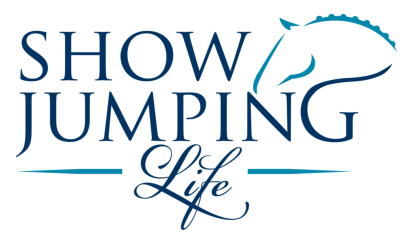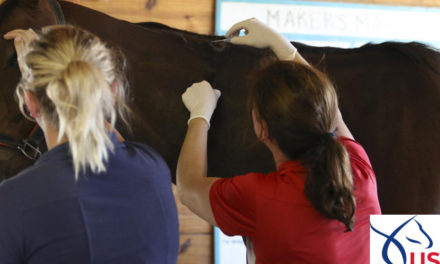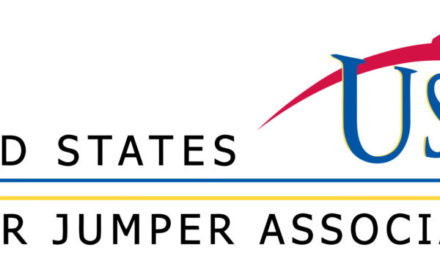New Horse Welfare & Safety Penalty Guidelines
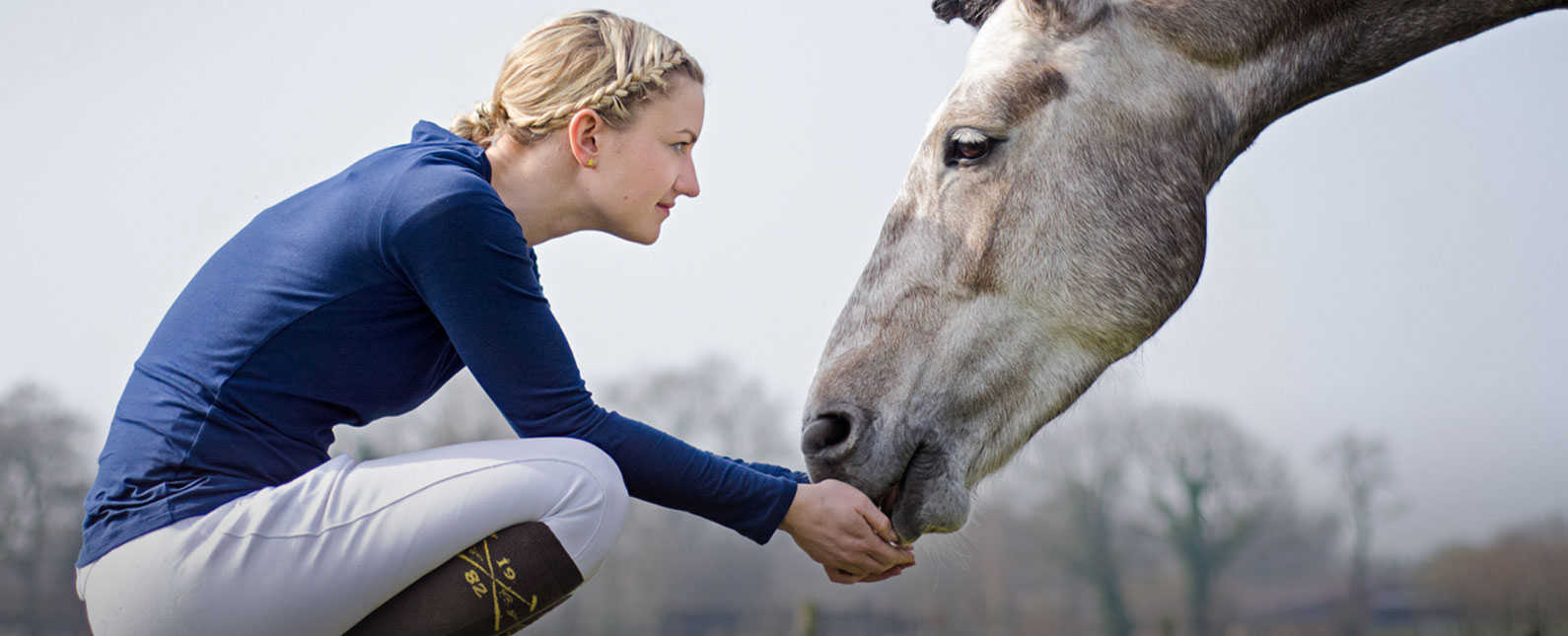
USEF Horse Welfare & Safety Penalty Guidelines
Effective September 1, 2017
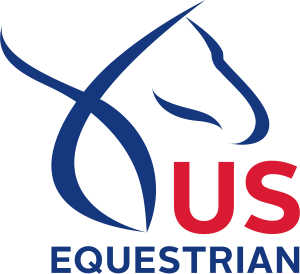
The US Equestrian Federation released the following official horse welfare and safety penalty guidelines. This is in follow up to the announcement at the USEF Mid-Year Board Meeting last month. They can also be viewed online at US Equestrian
Introduction
A common thread that binds all of the Federation’s breeds and disciplines is a dedication and commitment to the health, welfare, and safety of the horse. US Equestrian is committed to ensuring the welfare of our horses and providing a safe and fair competition environment to all of our members and their equine partners. To do this, US Equestrian has created rules to govern the actions of our members and protect both horses and humans, allowing them to experience the joy of horse sports.
In the event that a member violates any of the Rules covering welfare and safety of a horse, and this violation ends in a hearing before the Federation’s Hearing Committee, any subsequent penalty issued should be appropriately severe, as a case of a welfare or safety violation against a horse is one of the most egregious violations under the Federation’s Rules. Previously imposed penalties in cases of welfare and safety violations are no longer sufficient in today’s cases. It is important that the Federation’s penalties reflect the severity of the violation.
Penalty Guidelines for horse welfare and safety cases (“Guidelines”) have been prepared to assist the Hearing Committee with the types and ranges of penalties to impose in such cases. These Guidelines also assist the Hearing Committee Panels in the imposition of consistent and efficient penalties. A review and evaluation of penalties imposed in these types of cases was performed. While the suspensions and fines imposed may have been appropriate at the time that they were imposed, the suspensions and fines are too light to be useful as guidelines for matters brought to the Hearing Committee today.
Penalty Range is a Guideline Only
The penalty types and ranges below are simple guidelines and are not mandatory. These Guidelines are intended to provide a basis upon which discretion can be exercised consistently in like circumstances but are not binding on the Hearing Committee Panels. Depending on the facts and circumstances of each case, a Hearing Committee Panel may determine that no purpose is served by imposing a penalty within the range provided in these Guidelines. In some cases, a penalty below the stated range, or no penalty at all, may be warranted. Conversely, a Hearing Committee Panel may determine that the facts and circumstances of a specific case may call for the imposition of penalties above or otherwise outside of a stated range. Examples include, but not are limited to, prior rule violations, egregious misconduct, the need for increased deterrence, or certain policy considerations.
Hearing Panel Discretion
Federation Hearing Panels must always exercise judgment and discretion and consider appropriate aggravating and mitigating factors in determining appropriate penalties in every case. In addition, whether the penalties are within or outside of the range stated in the Guidelines, Hearing Panels must identify the basis for the penalties imposed.
Categories of Rule Violations
I. Excessive Use of Whip or Spurs and Improper Use of Bits
- Excessive or intentional use of whip or spurs or improper use of a bit to cause harm or pain to a horse/pony.
- First Offense – Suspension of 6 months and $6,000.00 fine
- Second Offense – Suspension of 12 months and $12,000.00 fine
- Third Offense – Suspension of 24 months and $24,000.00 fine
- If there are multiple horses involved, the penalty should apply to each horse and run consecutively
II. Illegal Equipment
- Use of illegal equipment with no intent to cause harm or pain to a horse/pony or which doesn’t cause harm or pain to a horse/pony.
- Discretion of the Hearing Panel
- Intentional use of illegal equipment to cause harm or pain to a horse/pony
- First Offense – Suspension of 12 months and $12,000.00 fine
- Second Offense – Suspension of 18 months and $18,000.00 fine
- Third Offense – Suspension of 36 months and fine of $36,000 and must appear before the Hearing Panel and provide proof of rehabilitation before being eligible to regain membership
- If there are multiple horses involved, the penalty should apply to each horse and run consecutively
III. Cruelty/Abuse/Neglect – Includes excessive riding, lunging, training and showing, deprivation of water and feed, striking with an object, unintentional death, and violations of the 12 hour injection rule involving forbidden substances for purpose of competition.
- First Offense – Suspension of 12 months and $12,000.00 fine
- Second Offense – Suspension of 24 months and $24,000.00 fine and must appear before the Hearing Panel and provide proof of rehabilitation before being eligible to regain membership
- Third Offense – Suspension of 60 months and fine of $60,000 and must appear before the Hearing Panel and provide proof of rehabilitation before being eligible to regain membership
- If there are multiple horses involved, the penalty should apply to each horse and run consecutively
IV. Death and Maiming – Includes acts in which the death of a horse occurred, but was not intended
- First Offense – Suspension of 36 months and $36,000.00 fine and must appear before the Hearing Panel and provide proof of rehabilitation before being eligible to regain membership
- Second Offense – Suspension of 60 months and $60,000.00 fine and must appear before the Hearing Panel and provide proof of rehabilitation before being eligible to regain membership
- Third Offense – Lifetime ban
- If there are multiple horses involved, the penalty should apply to each horse and run consecutively
V. Intentional Death for Financial or Other Means
- Lifetime ban
* Reciprocity of Criminal Charges – In cases of reciprocity of criminal charges, the minimum USEF penalty should at least mirror the criminal penalty with latitude given to impose more severe penalties.
